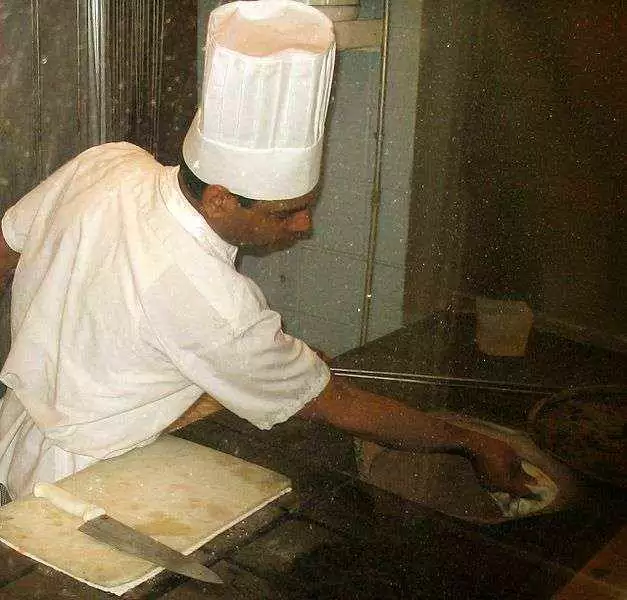Celiac.com 06/17/2008 - Water, water, everywhere! That is what I woke up to one day in August of 2007. It seems a big storm had lodged over a certain area of the Midwest – and I was in it. Wow, was I in it! A flash flood had raised the water level of a nearby lake to the point where it was in my town house–almost 3 feet of it. It happened overnight and we had to leave immediately. I was able to grab only a couple of things.
Eating out being gluten intolerant is quite difficult. Eating emergency food rations at a Red Cross Evacuation station is quite another. Fortunately, the local college food service took over the meals for the evacuees and I was able to eat gluten-free at that point. I learned a lot in those few days that I would like to share with anyone who has food intolerances.
Celiac.com Sponsor (A12):
It is very important to have a food emergency kit that you can grab quickly on your way out the door. Natural disasters can happen anywhere–wouldn’t it be nice if you were prepared? This food may be a great source of comfort if you ever experience evacuation from that fine place you call home.
Please keep in mind that in a disaster you may not have personal transportation. You may also lack monetary resources or not be able to return to your home for days or weeks. Once allowed back into your home, you will be cleaning up in an unsanitary environment. The electricity may be off, or you may lack running water. The free meals dropped off at disaster sites usually have gluten in them. I relied on gluten-free meal replacement liquid in cans and gluten-free energy bars because of the sanitation issue.
Here is a list of ideas you may want to consider:
- Create a food emergency kit and store it up HIGH in a temperate place, like the upper shelf of a coat closet near your most used door.
- The kit should be small enough, and light enough, that with food you are able to carry it a good distance. A knapsack or small, light rolling duffle are some ideas.
- I use an inexpensive plastic pencil box (new, not used) to store plastic utensils, a paring knife, and a can opener. A box of disinfectant wipes or hand cleaner is essential. As are some sort of paper wipes in a plastic bag. Remember that everything in this kit may get wet at some point in an actual emergency, so pack items in airtight waterproof bags.
- Canned goods are heavy so limit them to items like gluten-free canned chicken, tuna, or meal replacement drinks. Dried gluten-free meats in airtight bags are very good.
- Stock a variety of gluten-free energy bars.
- Add dry mixes for soups, broth, etc. A plastic bag of dry milk replacement might be something you would like.
- An assortment of dried fruits and rollups; dried nuts (if tolerant).
- A small bag of first aid supplies.
- Essential vitamins and medications.
- And, if you think you have room, a small 3-cup rice cooker and rice. You can cook anything in a rice cooker - I practically lived off mine in temporary housing.
- Don’t forget, every 3-4 months change out everything in the kit. Refill your kit with fresh products. (Eat anything that is not expired.) In an actual emergency, you will want good quality food to eat.








Recommended Comments